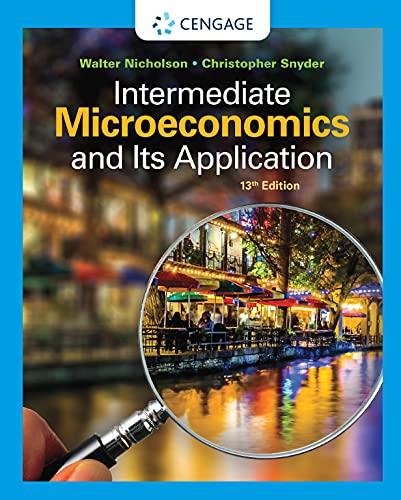





5. Wise Books has the following transactions in August related to merchandise inventory. (Click the icon to view the transactions.) Read the requirements. a. Determine the cost of goods sold and ending merchandise inventory by preparing a perpetual inventory record using the specific identification method. Assume the following costing information for the books sold during the month: August 3: 6 books costing $20 each August 15 5 books costing $20 each and 7 books costing $22 each August 28 2 books costing $22 each and 5 books costing $28 each Start by entering the beginning inventory balances. Enter the transactions in chronological order, calculating new inventory on hand balances after each transaction. Once all of the transactions have been entered into the perpetual record, calculate the quantity and total cost of merchandise inventory purchased, sold, and on hand at the end of the period. (Enter the oldest inventory layers first.) Purchases Cost of Goods Sold Unit Total Unit Total Inventory on Hand Unit Total Quantity Cost Cost 16 20 320 Date Quantity Cost Cost Quantity Cost Cost Aug. 1 3 6|| 20 120 10 20 200 12 10 221 220 10 20 200 10 22 220 151 11 2201 10 220 20 22 1 22 9 198 allallalla 20 61 28 168 9 198 6 168 28 Totals 16 388 D. Determine the cost of goods sold and ending merchandise Inventory by preparing a perpetual inventory record using the riro inventory costing method. Start by entering the beginning inventory balances. Enter the transactions in chronological order, calculating new inventory on hand balances after each transaction. Once all of the transactions have been entered into the perpetual record, calculate the quantity and total cost of merchandise inventory purchased, sold, and on hand at the end of the period. (Enter the oldest inventory layers first.) Purchases Cost of Goods Sold Inventory on Hand Unit Total Unit Total Unit Total Date Quantity Cost Cost Quantity Cost Cost Quantity Cost Cost Aug. 1 3 12 15 20 28 Totals c. Determine the cost of goods sold and ending merchandise inventory by preparing a perpetual inventory record using the Lir Inventory costing method Start by entering the beginning inventory balances. Enter the transactions in chronological order, calculating new inventory on hand balances after each transaction. Once all of the transactions have been entered into the perpetual record, calculate the quantity and total cost of merchandise inventory purchased, sold, and on hand at the end of the period. (Enter the oldest inventory layers first.) Purchases Cost of Goods Sold Unit Total Unit Total Inventory on Hand Unit Total Quantity Cost Cost Date Quantity Cost Cost Quantity Cost Cost Aug. 1 3 12 15 20 28 Totals d. Determine the cost of goods sold and ending merchandise inventory by preparing a perpetual inventory record using the weighted-average inventory costing method. Start by entering the beginning inventory balances. Enter the transactions in chronological order, calculating new inventory on hand balances after each transaction. Once all of the transactions have been entered into the perpetual record, calculate the quantity and total cost of merchandise inventory purchased, sold, and on hand at the end of the period. (Round weighted average unit cost to the nearest cent and total cost to the nearest dollar.) Purchases Cost of Goods Sold Inventory on Hand Unit Total Unit Total Unit Total Date Quantity Cost Cost Quantity Cost Cost Quantity Cost Cost Aug. 12 15 20 28 Totals - X 0 Requirements a. Determine the cost of goods sold and ending merchandise inventory by preparing a perpetual inventory record using the specific identification method. Assume the following costing information for the books sold during the month: August 3: 6 books costing $20 each August 15: 5 books costing $20 each and 7 books costing $22 each August 28 2 books costing $22 each and 5 books costing $28 each b. Determine the cost of goods sold and ending merchandise inventory by preparing a perpetual inventory record using the FIFO inventory costing method. c. Determine the cost of goods sold and ending merchandise inventory by preparing a perpetual inventory record using the LIFO inventory costing method. d. Determine the cost of goods sold and ending merchandise inventory by preparing a perpetual inventory record using the weighted-average inventory costing method. Round weighted average unit cost to the nearest cent and total cost to the nearest dollar. Print Done More Info - X Aug. 1 Aug. 3 Aug. 12 Aug. 15 Aug. 20 Aug. 28 Beginning merchandise inventory, 16 books @ $20 each Sold 6 books @ $24 each Purchased 10 books @ $22 each Sold 12 books @ $24 each Purchased 6 books @ $28 each Sold 7 books @ $28 each Print Done












